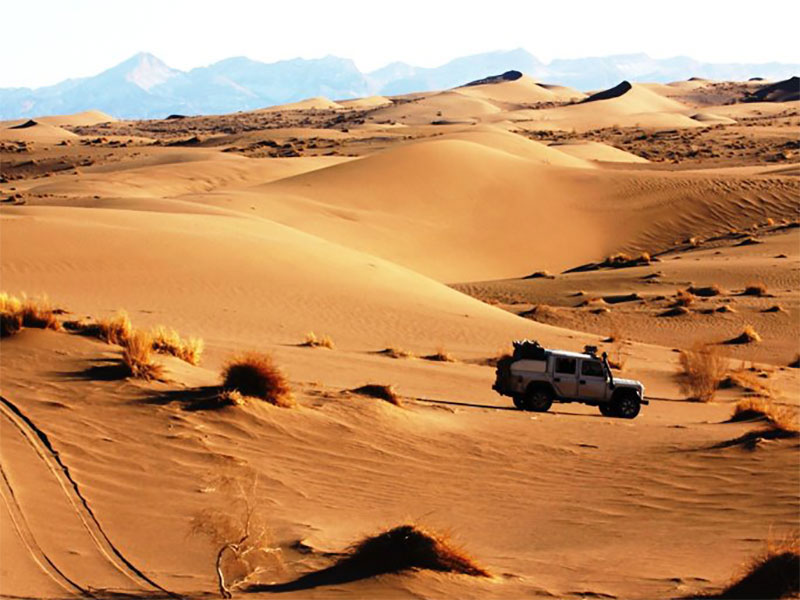

On this map, the name they use to distinguish our location is the Dash-E. The Dasht-e Lut is one of the most significant desert areas in Iran due to its exemplary desert patterns and world-famous landscapes, such as the kaluts and. There are 100 hectares of salt in egg shape in the Shahdad desert that there is nowhere in the world like that. This is a map of the Middle East and shows the location of our region, the Lut Desert. The legendary Kalut city was created about 20 thousand years ago with water and wind erosion. Shahdad Kalut is the most beautiful natural phenomenon and most fascinating phenomena in the Iranian desert that there is nowhere in the world like that. The wind cuts down low-lying areas into parallel ridges which gradually erode into separate hills that take on the unique shape of a yardang The landscape of. The hyper-arid desert is one of the hottest and driest places on the planet. The area is known to be one of the "Geothermal poles" among geologists. The Lut Desert, also known as Dasht-e Lut, is an extreme landscape in more ways than one. Therefore, this place is called an elf city.

A town with no resident as if it is constructed for spirits. When suddenly an exotic earth structures to be seen in the Lut desert, and it continues as far as the eye can, it seems that you entered into a town. The Kalut is said to a sand mountain created by the effect of the dominant erosional agent in desert, i.e., wind making fascinating forms and shapes. Taking enough water and supplies is imperative when setting out, and make sure you are physically prepared as well.Kalut, the largest cloddish city and the largest natural effects, in the Lut desert, is the unique desert complications. Good camping equipment including warm sleeping bag is essential. Bear in your mind however, that the nights in the winter period can be very cold, temperatures dropping down to −10☌ regularly. Due to extreme heat during the day, the best months to visit Dasht-e Lut are from November through February. Be warned however that the desert is an extreme environment which should not be underestimated. Some of these Nebkas are shaped around trees and fixed. Nebkas are geological phenomena produced by wind erosion, a kind of sand dune mostly form around vegetation. I took a shared taxi from Kerman and camped there for two nights without asking anybody. Top Sights in the Lut Desert (Dasht-e-Lut) Nebka Pass a few kilometers from Shahdad to visit an amazing natural structure called Nebka. One of the hottest places on the Earth's surface, with a maximum temperature of 70C (158F), the land was considered barren and. Despite some misleading information found on the internet, at the time of my visit no permit or guide was required. With never-ending dunes and plains, beautiful clear skies and rich cultural heritage that dates back more than 7000 years, Lut Desert (or Dasht-e Lut) is a paradise for visitors, blending geotourism, adventure tourism and cultural tourism all in one place. Currently you cannot find official accommodation in the Shahdad village, the best option is to bring your own camping equipment and sleep right on the spot. They are located 43km north-east to the Shahdad village, or 140km from Kerman city. The Lut desert (Dasht-e Lut) in the south east of Iran is described as the thermal pole of the Earth (Mildrexler et al., 2006). While it is not easy to organize a trip to the sand dunes (you will need a guide and a 4X4 vehicle), it is relatively simple to visit the Kaluts.
Prevailing winds in dasht e lut desert series#
The center of the desert has been sculpted by the wind into a series of parallel ridges and furrows, extending over 150 km (93 mi) and reaching 75 meters (246 ft) in height. The main photographic attractions in the Lut desert are the Rig-e Yalan sand dunes and the Kaluts. Dasht-e Lut is one of the largest of these desert basins, 480 kilometers (300 mi) long and 320 kilometers (200 mi) wide.


 0 kommentar(er)
0 kommentar(er)
